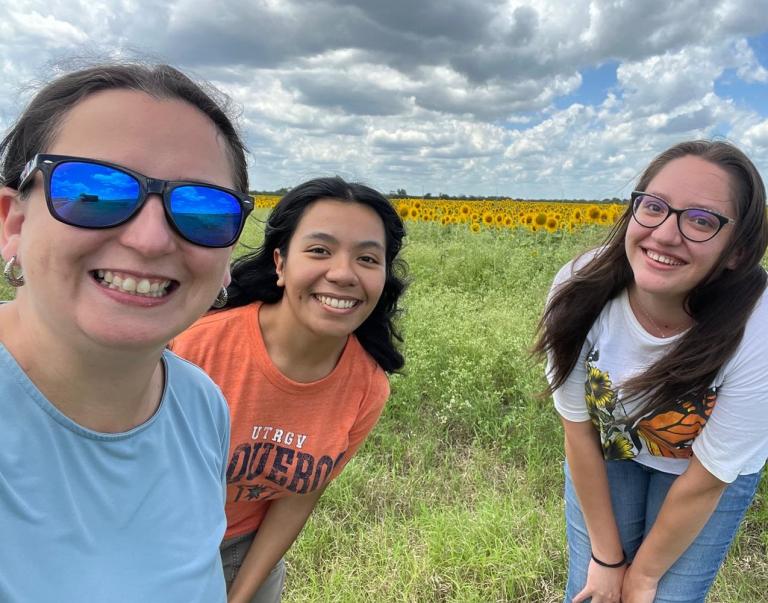Evolution of Intelligent Automation at USDA

Beginning with Robotic Process Automation (RPA)
USDA began its journey toward Intelligent Automation (IA) with a focus on Robotic Process Automation (RPA). The Office of the Chief Financial Officer (OCFO), in partnership with the OCIO, was the first to take advantage of RPA capabilities by automating routine financial tasks and creating the RPA Service Management Organization (SMO). As its popularity grew and RPA proved its value in the USDA environment, the need for robust application maintenance and support necessitated the transfer of RPA ownership to OCIO-DISC.
In December 2019, the OCFO transitioned the RPA Program to the OCIO to create an enterprise service for all of USDA to leverage and to take advantage of economies of scale. As a result, Digital Infrastructure Services Center (DISC) built out the Service Management Office (SMO) to help empower the successful utilization of this technology across the USDA enterprise.
As outside Agencies such as GSA and FEMA came on board the SMO was re-branded as the RPA Center of Excellence (CoE) to manage and support the Enhanced service portfolio.
The RPA service consists of an RPA Cloud Hosting Environment that is scalable and allows for multiple customers in the environment (Tenants).
Shifting to Intelligent Automation
Now, the USDA OCIO robotic process automation (RPA) program is shifting from focusing primarily on RPA to identifying opportunities to implement Intelligent Automation (IA) across the enterprise. IA combines Robotic Process Automation (RPA) with advanced technologies such as artificial intelligence (AI) and machine learning (ML) to form smarter, and increasingly, more intelligent automation systems.
USDA is taking a tiered approach to intelligent process automation at USDA that encompasses RPA, AI, ML, and process mining tools. USDA is identifying the best way to automate based process complexity, technology fit, availability, and cost.
- Tier 1 - RPA automated tasks
- Tier 2 - IA capability - utilization of pretrained models
- Tier 3 - Big data analytics AI/ML - needs larger processing to train models; high risk high reward
The RPA CoE is now the IA CoE; but its goal remains the same: to help guide Mission Areas and Staff Offices through the process of ensuring IA projects are efficiently and effectively delivered with a focus on customer service.


